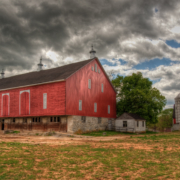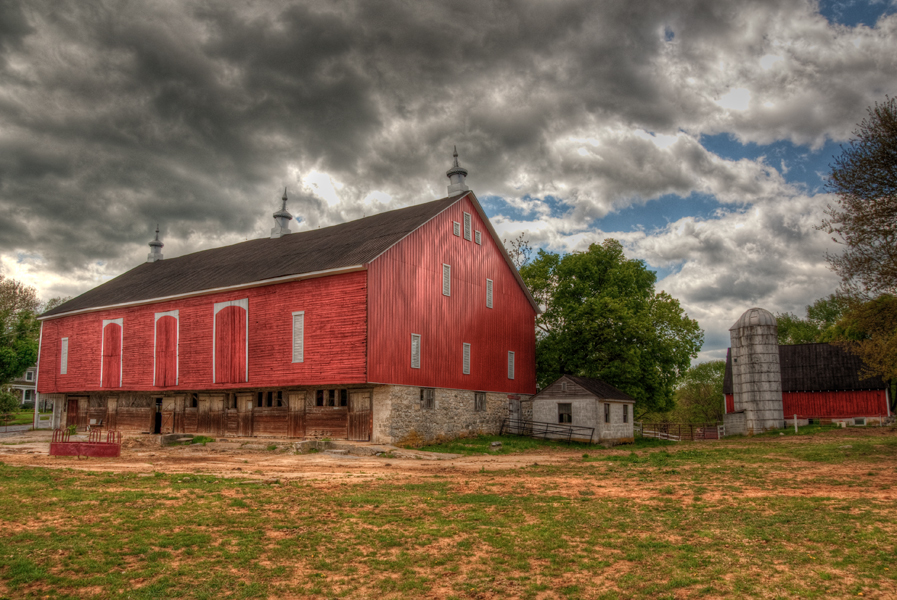HDR In Photography
 Unless you have been living in a vacuum for the last few years you have heard of the latest trend in still photography, HDR (High Dynamic Range). Everything from real estate to portraits to advertising is using HDR as a way to grab the viewer’s attention. Even I have written a couple of pieces on HDR and how to get the effects that really make an image pop.
Unless you have been living in a vacuum for the last few years you have heard of the latest trend in still photography, HDR (High Dynamic Range). Everything from real estate to portraits to advertising is using HDR as a way to grab the viewer’s attention. Even I have written a couple of pieces on HDR and how to get the effects that really make an image pop.
Is it a trend or the future of photography? I believe that the trend has passed and that HDR is here to stay. More photographers are using HDR everyday and with that, more ways to get ‘the look’ are being used and discussed.
Is there a best way to get the HDR look in your images? I don’t feel that any one technique has yet emerged as the single ‘best’ way. Clearly HDR soft’s (http://www.hdrsoft.com/) Photomatix and Photomatix Pro are the current choice of the majority of users today. Of course many are using the HDR component in Photoshop as well. It just seems that Photomatix is a better tool for tone-mapping than what is included in Photoshop, so far.
I used Photomatix on the image to the right, the image above and the self portrait in my last tutorial and many images you see on this site. For me it works better than the HDR tools in Photoshop. With the tools in Camera RAW of Lightroom 2 (and soon LR3) the hyper real, super sharpening of the James Effect became available. By combining those two processes alone the possibilities become endless.
No matter what tool is used as a solution HDR and super sharpening is here to stay. So what does that mean for your photography? Should you use an HDR process in every image you create? Probably not but ultimately, that is up to you. How and where you apply it, the sky and your creativity are the only limits. The fact is that you should be at least considering it, learning about it and figuring out how it may fit into your workflow.
If you are the client rather than the photographer, what does HDR mean to you? HDR means that more of the colors you see in real life will come out in the images you want and need. Whether a simple tone mapping in a portrait, a full multi image HDR or having the full dynamic range included in your advertising HDR is going to give you a more appealing and dare I say, more dynamic, image.
HDR is coming on full speed ahead and for me it is the greatest thing since photography went digital. In each image I take I wonder how I can generate the feeling that I had when I decided to capture the image. Now the processing is as much of an adventure as the photography itself. This is a chance for photographers to jump ahead of their peers; an opportunity to be the next leader in photography.
Until next time, Happy Shooting!





Michael,
Well said!
As an instructor who teaches HDR techniques, I consistently tell participants in workshops, “… the opportunity for creative tone-mapping is limitless.” Moreover, the client likes the look of the tone-mapped image as they are truly seeing what the scene looks like.
Unlike an image crafted via film, the HDR capture (whether it be a single-frame conversion or multi-frame sequence), then tone-mapped image is far beyond the “lies” we have been telling with film all these years. The greater adjustment is on the part of the photographer to see differently – this seems more difficult than for the customer for some reason.
You are most definitely correct in stating HDR is no longer a trend. Developed in the 1990’s by academics in an MIT lab, it’s first applications were for the movie industry. Photomatix Pro is currently the better application out there as it was developed by photographers for photographers. Moreover, the developers listen to their users and consistently make improvements to the application. It gets better and easier every turn of the way. Major camera manufacturers are installing HDR/Tone-mapping software in the camera itself: witness, the Nikon D300s; Pentax K7; Sony Alpha 900 (I believe this was the model); and, a host of others following.
My advice to the professional crowd… learn to use this tool, capitalize on its tremendous creative range, and embrace the change which is hitting this 175+ year old craft – it’s not going away and is only going to get better. In fact, on location the other day, I had a client insist I do multi-frame capture for tone-mapping because a friend of theirs just had some work done and the photographer (who I happen to know) used the technique and they were blown away by it! In other words… the clients are now demanding it.
All the best… Happy HDR Shooting to all!
Respectfully,
Richard S Hockett, MBA, DTM
Owner: SunRidge Photo
Business Professor: Brooks Institute
Great article!
We use 5 stop HDR on all our architectural and real estate photos. I even use this technique on my QTVR panoramas. I had not considered doing this with portraits. You must be using the single frame process in RAW and generating the over/under frames. Yes?
Thank for the information, keep up the great work.
John
@ John – Actually yes & no. In the image at the top of the article, yes it was a one shot then separated into 3 images a stop apart. In the James Effect image (see earlier post or the home page) it was tone mapped only.
However, it my self portrait it is 3 bracketed shots and is the full HDR process. You can watch the tutorial and see exactly how I pulled that off. With the newer, faster cameras you can pop off three frames very quickly and get the images you need for HDR processing.
I was asking for exactly that reason. I use Canon 1 series bodies. I also have the cameras set to 5 brackets a stop apart. If you use the camera timer and a remote trigger (if your shooting yourself) the camera will fire off all the shots when the timer runs down. Great feature for shooting architecture.